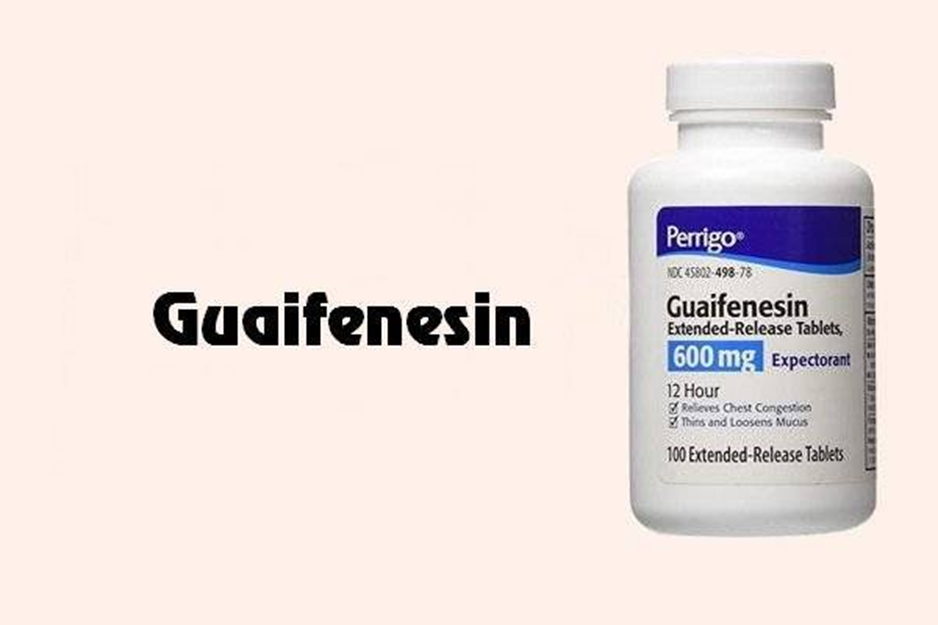A nurse is teaching a client who has a new prescription for codeine. Which of the following instructions should the nurse include in the teaching?
You should limit alcohol intake to 12 ounces daily.
You should expect to experience diarrhea while taking this medication.
You should take the medication on an empty stomach to prevent nausea.
You should change positions slowly.
The Correct Answer is D
Choice A reason: You should avoid alcohol intake while taking codeine, not limit it to 12 ounces daily. Alcohol can increase the risk of side effects such as drowsiness, dizziness, and respiratory depression.
Choice B reason: You should not expect to experience diarrhea while taking codeine. Codeine can cause constipation, not diarrhea. You should increase your fluid and fiber intake and use laxatives as prescribed to prevent constipation.
Choice C reason: You should not take the medication on an empty stomach to prevent nausea. Codeine can cause nausea and vomiting, especially on an empty stomach. You should take the medication with food or milk to reduce nausea.
Choice D reason: You should change positions slowly while taking codeine. Codeine can cause orthostatic hypotension, which is a sudden drop in blood pressure when you stand up. This can cause dizziness, fainting, and falls. You should change positions slowly and use caution when walking or climbing stairs.
Nursing Test Bank
Naxlex Comprehensive Predictor Exams
Related Questions
Correct Answer is A
Explanation
Choice A reason: Decreases inflammation is a therapeutic effect of prednisone. Prednisone is a corticosteroid that suppresses the immune system and reduces the production of inflammatory mediators. This helps to relieve the pain, swelling, and stiffness of rheumatoid arthritis.
Choice B reason: Increases bone density is not a therapeutic effect of prednisone. Prednisone can cause bone loss and osteoporosis by decreasing calcium absorption and increasing calcium excretion. This increases the risk of fractures and bone damage.
Choice C reason: Reduces risk of infection is not a therapeutic effect of prednisone. Prednisone can increase the risk of infection by weakening the immune system and making it less able to fight off pathogens. This requires close monitoring and prophylactic antibiotics.
Choice D reason: Improves peripheral blood flow is not a therapeutic effect of prednisone. Prednisone can impair peripheral blood flow by causing vasoconstriction and increasing blood pressure. This can worsen the symptoms of peripheral vascular disease and increase the risk of thrombosis.
Correct Answer is B
Explanation
Choice A reason: Benzonatate is not the correct answer. Benzonatate is a cough suppressant that works by numbing the throat and lungs. It does not help in the removal of mucus.
Choice B reason: Guaifenesin is the correct answer. Guaifenesin is an expectorant that works by thinning and loosening the mucus in the airways. It helps in the removal of mucus by making it easier to cough up.

Choice C reason: Diphenhydramine is not the correct answer. Diphenhydramine is an antihistamine that works by blocking the effects of histamine, a chemical that causes allergy symptoms. It does not help in the removal of mucus.
Choice D reason: Dextromethorphan is not the correct answer. Dextromethorphan is a cough suppressant that works by affecting the signals in the brain that trigger the cough reflex. It does not help in the removal of mucus.
Whether you are a student looking to ace your exams or a practicing nurse seeking to enhance your expertise , our nursing education contents will empower you with the confidence and competence to make a difference in the lives of patients and become a respected leader in the healthcare field.
Visit Naxlex, invest in your future and unlock endless possibilities with our unparalleled nursing education contents today
Report Wrong Answer on the Current Question
Do you disagree with the answer? If yes, what is your expected answer? Explain.
Kindly be descriptive with the issue you are facing.
